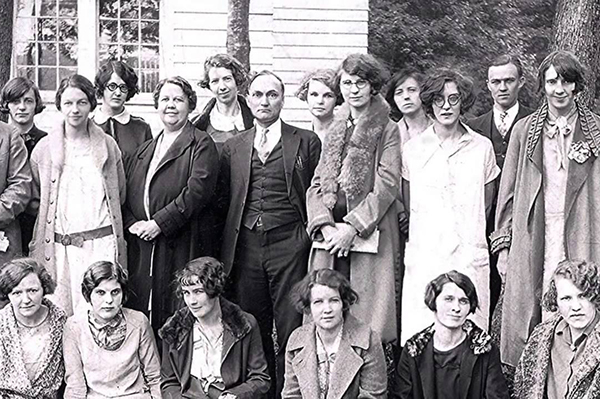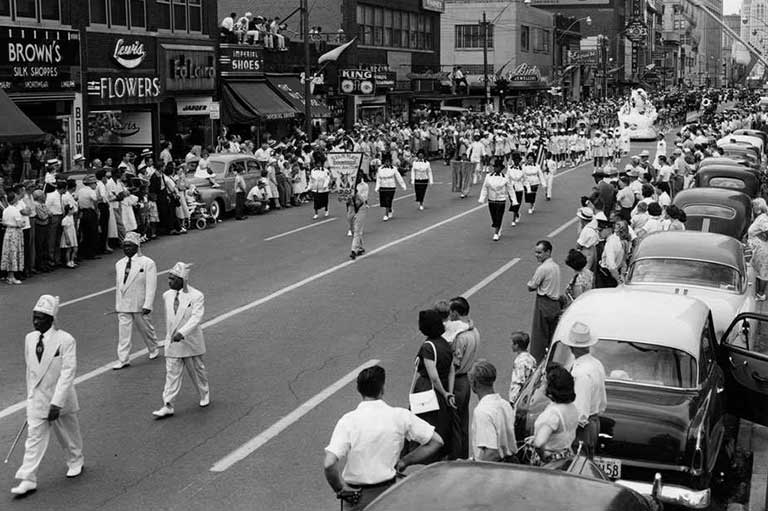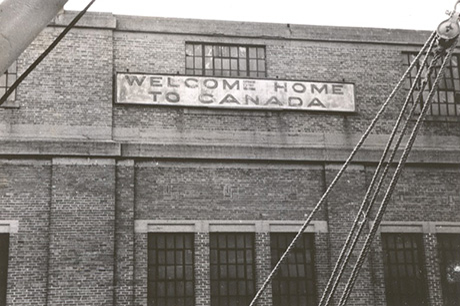Putting it into Perspective: First Nations Soldiers in the First World War
Grade Levels: 9/10, 11/12
Subject Area: Social Studies, History, Indigenous Studies
Lesson Overview
In this lesson students explore the experiences and contributions of Indigenous soldiers to Canada’s role in the First World War. They draw links between the Treaty relationship and First Nations’ wartime involvement with a focus on the experiences of soldier Francis Pegahmagabow.
Time Required
2 - 3 lessons
Historical Thinking Concept(s)
This lesson plan uses the following historical thinking concepts: establish historical significance, identify continuity and change, analyze cause and consequence, take a historical perspective, and understand the ethical dimension of historical interpretations.
Learning Outcomes
Student will:
- Identify Indigenous contributions to Canada’s First World War effort.
- Explore and describe the life of First Nation soldier Francis Pegahmagabow.
- Design a bulletin board highlighting the life of Francis Pegahmagabow.
Background Information
During the First World War, thousands of Indigenous people voluntarily enlisted in the Canadian military. While the exact enlistment number is unknown, it is estimated that well over 4,000 Indigenous people served in the Canadian forces during the conflict – about one in three. Indigenous soldiers served in units with other Canadians throughout the Canadian Expeditionary Force. They served in every major theatre of the war and participated in all of the major battles in which Canadian troops fought. Hundreds were wounded or lost their lives on foreign battlefields.
The Lesson Activity
Activating:
- Divide the class into four-member groups.
- Pass around a replica image of a Treaty Medal to each group.
- Have the students take note of the imagery: the two men shaking hands, the buried hatchet, the sun, the grass, the river. What do they symbolize?
- In what ways is the Treaty Relationship connected to Indigenous involvement the First World War?
Acquiring:
- Have students research statistics pertaining to Indigenous soldiers in the war.
- Ask: How many men were eligible to enlist? What percent of the Canadian population were Indigenous peoples in 1914? How many Indigenous men went to war? What percent of this population is this? How does Indigenous enlistment compare with non-Indigenous on a percentage basis?
Applying:
- Read a short biography on the life of First Nation soldier Francis Pegahmagabow.
- Have the students write a journal entry describing five things they learned about Pegahmagabow.
- Have the class make a bulletin board display with images, maps, facts, quotes, etc. about the life of Pegahmagabow.
- Before the bulletin board art activity, hand each student a rubric that sets standards for their group display. as well as, a goal setting card and instruct them to complete. After the project, the teacher and the student will complete a performance assessment.
Materials/Resources
- Replica Treaty Medal
- Francis Pegahmagabow (The Canadian Encyclopedia)
- Francis Pegahmagabow (Veterans Affairs Canada)
- Francis Pegahmagabow (Library and Archives Canada)
- Indigenous contributions during the First World War
- (Optional) Article from CBC: “First Nations contributions to WW I and WW II: Lest we forget”
- (Optional) Article from the Globe and Mail: “Aboriginal soldiers among Canada’s top snipers in First World War”
Themes associated with this article
Advertisement




